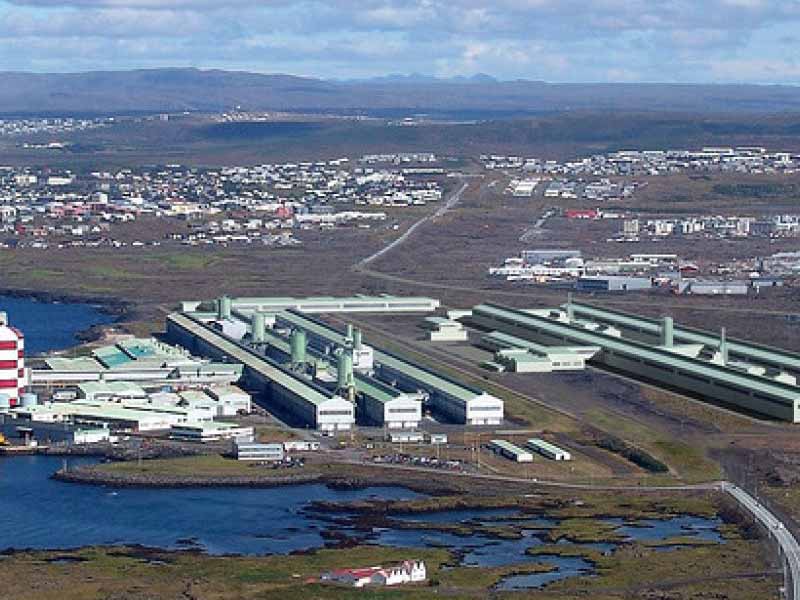
08 9月 Foam Ceramic Filter Iceland Aluminium
Foam Ceramic Filter Iceland Aluminium removes non-metallic inclusions in the aluminum alloy melt, and uses furnace flux for treatment. The ceramic foam filtration technology outside the furnace has long become an important method for the purification of molten aluminum.
Foam Ceramic Filter Iceland Aluminium is used by most aluminum factories to remove inclusions. Liquid aluminum reacts chemically with oxygen, nitrogen, sulfur, carbon and other elements to produce non-metallic impurities. Among them, oxide inclusions (Al2O3) have the most serious pollution to metals.
Ceramic Filter For Foundry is the most effective method to remove inclusions in molten aluminum. The filtration principle is the same as the ceramic tube filtration. It is a deep filtering mechanism.

Ceramic Filter For Foundry has a large flow capacity and is suitable for filtration and purification in continuous casting and continuous rolling production.
The metal filters and fiber cloth filters used by low-end customers can only remove large inclusions in the aluminum alloy melt, but cannot remove the inclusions below micrometers. The metal filter will contaminate the aluminum alloy. Ceramic Filter For Foundry can filter out fine inclusions and significantly improve the mechanical properties and appearance quality of the product.
Although Iceland is located north of the ecliptic and far from the world’s major industrial centers, it has developed a powerful and cheap energy infrastructure. The island is located between two main bifurcated tectonic plates, on top of a huge mantle plume, providing it with inexhaustible geothermal energy.
For centuries, people have used hot springs to bathe and wash clothes, which eventually led to the widespread use of the resulting steam to heat living spaces from the beginning of the 20th century.
In the last century, Iceland began to get involved in other renewable energy sources from this springboard, using hydropower in 1904, and then expanding to solar and wind energy at the end of this century.
Renewable energy now accounts for 85% of the country’s total primary energy supply, which is higher than the total energy budget of any other country on the planet.
Abundant renewable resources coupled with advanced technology to use it at low cost have attracted aluminum producers from abroad.
In addition, Iceland’s national power company Landsvirkjun negotiated a power deal with a particularly favorable, long-term, and LME aluminum price-linked aluminum company-three smelters, one of which is owned by Rio Tinto Alcan, Century and Alcoa, paid the 2014 average The total is USD 24/MWh.
Operating an aluminum smelter in Iceland is more than one-third cheaper than the global average, and is about US$10/MWh higher than the average price paid by smelters on the island.
The industry takes full advantage of the fact that the three aluminum smelters on the island consume more than 70% of the electricity produced each year.
Unfortunately, the exciting days of cheap electricity in Iceland may be coming to an end.
Two recent factors have forced earth-shaking changes in the electricity market-the growing desire to increase the return on capital for electricity production, and the increasing level of energy cost (LCOE) of new power plants in Iceland.


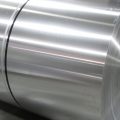
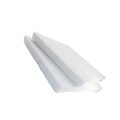
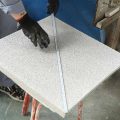
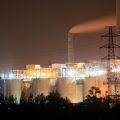
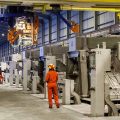
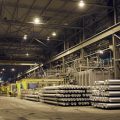
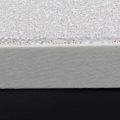
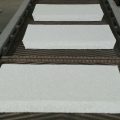
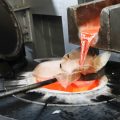
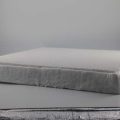

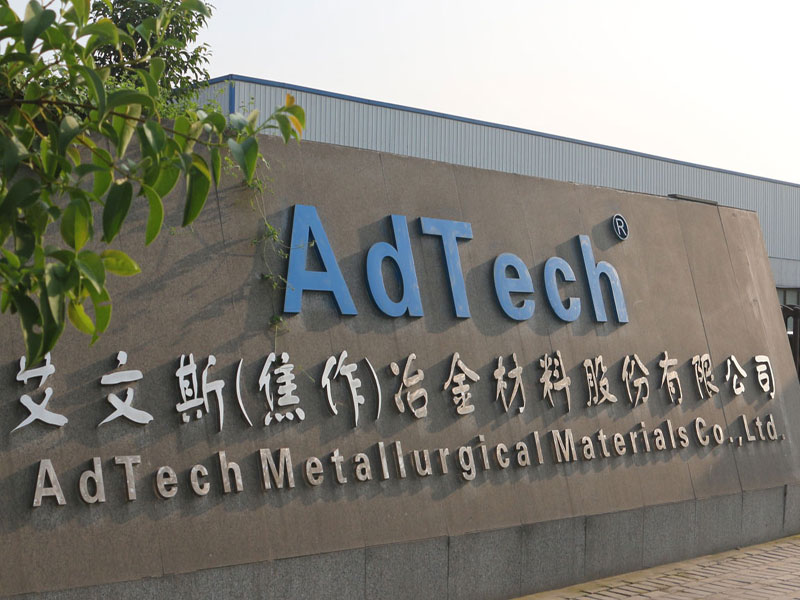
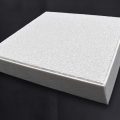
No Comments